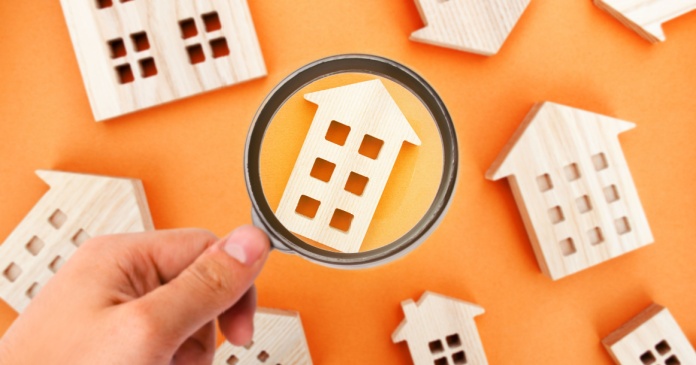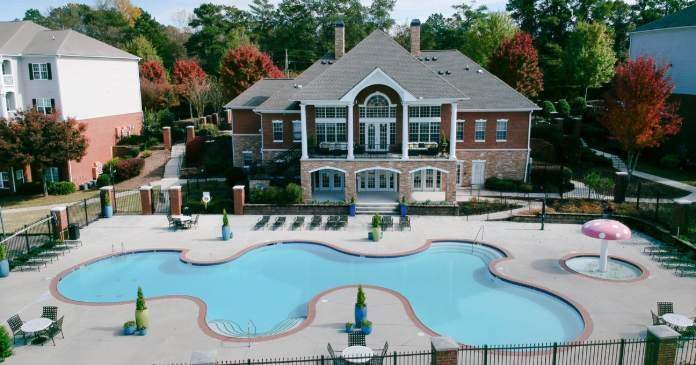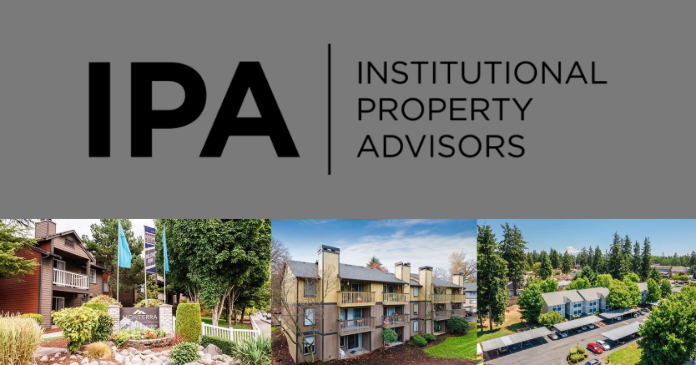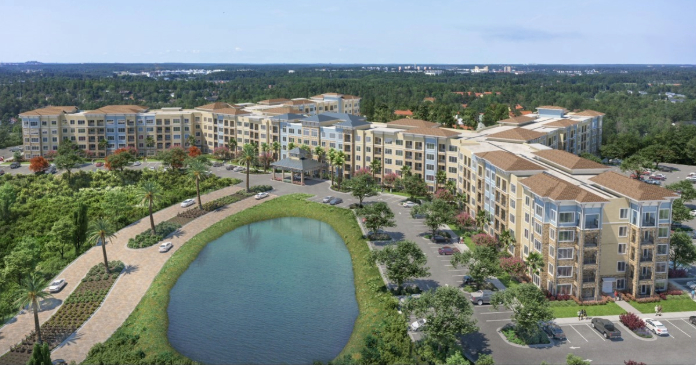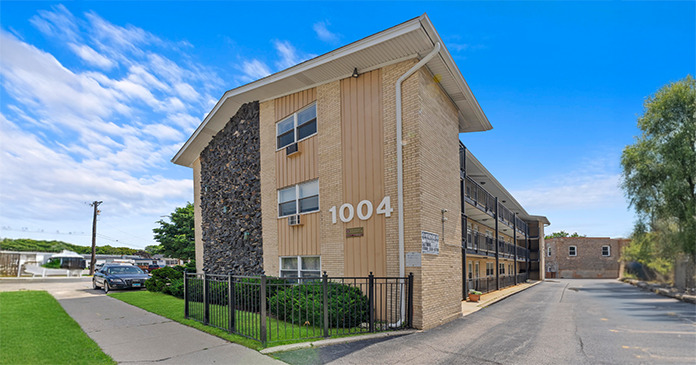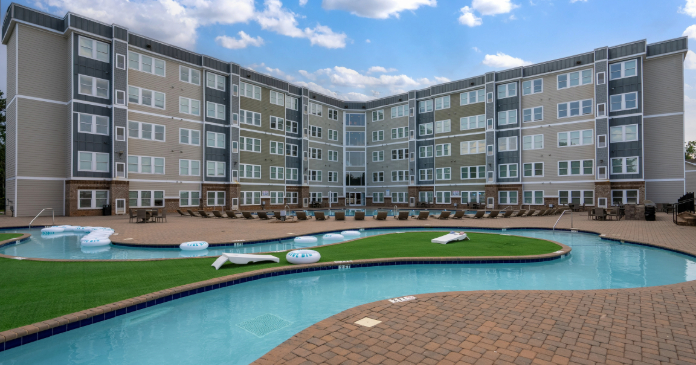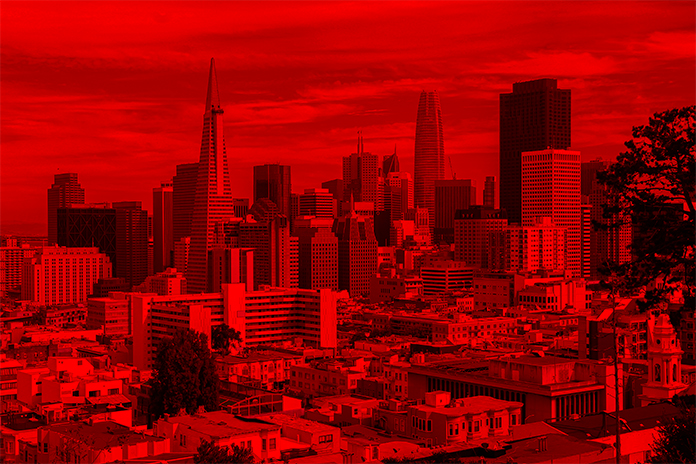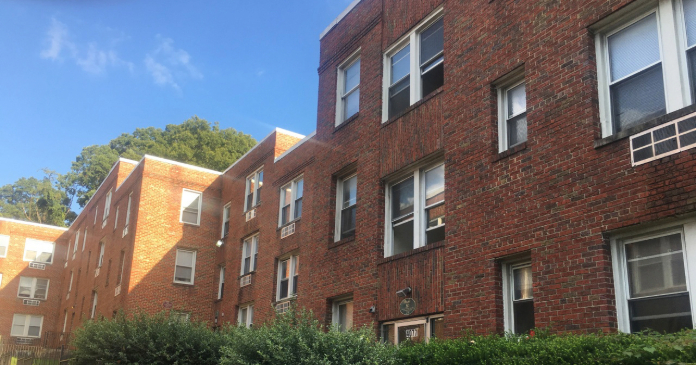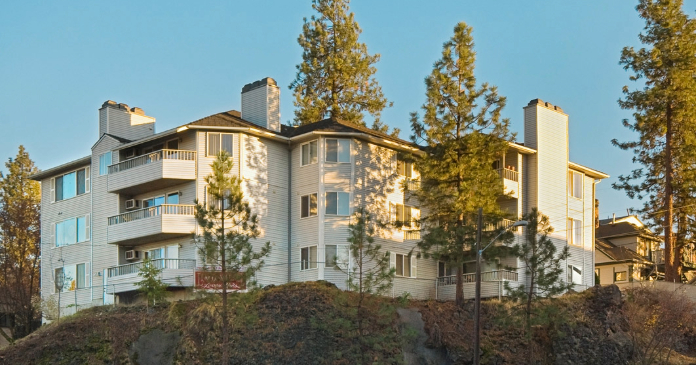The U.S. Green Building Council (USGBC) announced the recipients of the annual LEED Homes Awards. The awards recognize LEED-certified residential projects that are positively impacting communities through sustainable, healthy and resilient design, as well as builders and developers who are helping to advance green home building. Recipients represent multifamily, single family and affordable housing projects from around the world, including the U.S., Mexico and Turkey. This year’s Project of the Year is Park Mozaik A Block in Ankara, Turkey.
“As communities around the world are grappling with how to address the economic and health challenges we’re facing, it’s never been more important to commit to the development of green homes that help families lower their utility payments and enhance their health and well-being,” said Mahesh Ramanujam, president and CEO, USGBC. “The LEED Homes Awards recognizes the residential builders and developers committed to LEED who are leading the industry to a sustainable, resilient and healthy future. This year’s recipients are examples of what we can achieve when we prioritize decisions that support both people and the planet, especially for our most vulnerable communities, and they remind us that each certified green home is an opportunity to improve someone’s quality of life.”
The full list of this year’s LEED Homes Awards recipients include:
Outstanding Multifamily Project:
Iconia Cubos Luxury Living, Guadalajara, Mexico: The LEED Gold complex consists of two towers of 100 units each and is part of a hotel and connecting mall. The high-density project provides access to mass transit and diverse services within walking distance to reduce the need for a car. During construction, a Health for Construction Workers program was piloted to provide additional safety measures and promote construction worker dignity. Terraces, as well as panoramic and operable windows, provide views to the city from most of its regularly occupied areas while keeping thermal comfort a priority. All rainwater is reused onsite and greywater from the hotel is also treated onsite and reused in restrooms. Additionally, the owner adopted and restored public green areas around the site providing residents, as well as the city, with access to additional outdoor space.
Park Mozaik A Block, Ankara, Turkey (Project of the Year): The 40-unit LEED Gold building was designed to support middle-income families and focused on decisions that promote sustainability, health and affordability. The energy-efficient building has a high-performing building envelope, energy-efficient mechanical and lighting systems. It uses water efficient fixtures to reduce water use by over 40%. The human-centric design prioritizes health through enhanced ventilation, filtration, source separation and non-emitting materials. It also provides daylighting, access to quality views and improved thermal and acoustic comfort. During construction, the project was able to achieve an outstanding waste recycling rate of over 96% and money earned from the sale of recyclable waste was distributed to construction workers. Integrating sustainability goals from the beginning and using an integrative design approach contributed to ensuring this was an affordable, green residential building.
Sitka Apartments, Seattle, Wash.: The LEED Platinum apartments provide a refuge to the urban dweller, bringing the beauty of the natural environment into a fast-paced setting. The seven-story, 384-unit mixed-use project has entrances that represent an environmental characteristic of the Northwest – mountains, meadows, forests and waterways. It includes a rooftop community garden, vegetated roof areas and indoor/outdoor entertainment zones designed to connect residents to the outdoors. Its interior courtyard features a running stream, tree-covered hilltops and an imaginative take on a treehouse. The project uses a wastewater heat recovery system, low-flow fixtures and a greywater harvesting system that diverts water from showers and laundry for on-site irrigation. Energy performance was also a priority and the team focused on reducing consumption, increasing access to natural light and utilizing exterior elevators and walkways. In one year, the project is expected to deliver $100,000 in savings divided between owner and tenants and eliminate nearly 80 tons of carbon.
Outstanding Single Family Project:
GPD 346 Highland, Weston, Mass.: The LEED Platinum home is a preserved historic farmhouse that reuses most of the existing structure and focused on preserving the classic New England home. Over 94% of all demo and construction waste material was diverted from landfill, including over 13 tons of interior fixtures, appliances and building materials salvaged for reuse. The lawns are locally produced hybrid grass, requiring minimal water and no chemicals. Technology was integrated to help improve performance and warn of potential problems. It tracks individual electrical loads, indoor air quality, the solar PV array performance and detects plumbing leaks. An above-code insulation package allows the home to operate on a fraction of the energy typical for a home of its size. This project shows how larger homes can deliver on sustainability goals, setting standards for health and efficiency.
GREENLAB, Dallas, Texas: The LEED Platinum home was conceived as a demonstration project and designed in a biophilic style as a model for sustainable and accessible architecture. Materials were largely recycled, and its high-performance thermal shell provides peak comfort when heating or cooling systems are off. An innovative filtration system provides purified water and an irrigation process captures, filters and utilizes greywater alongside a rainwater harvesting system to support the native xeriscape landscape. It promotes the burgeoning concept of aging in place and includes a wheelchair ramp, zero thresholds, smooth sliding doors, ADA-compliant counters and doorways, curbless showers and side-opening appliances. It represents how sustainability and universal design can work hand-in-hand while maintaining cost consistency.
Sikes Residence, Cincinnati, Ohio: The site of this LEED Gold home was an infill lot in the historic Clifton Gaslight neighborhood and walkable to nearby amenities. Nestled in a steep hillside with ample access to nature, design was paramount in order to preserve the surrounding trees. It’s designed to manage 100% of its stormwater, mimicking the pre-development hydrology of the site. It prioritizes energy efficiency and used whole-building energy modeling, efficient lighting, appliances and HVAC equipment. Water efficient fixtures and locally sourced and low-emitting materials were also used. It takes advantage of the natural surroundings with carefully framed views and ample daylight. It is also designed to accommodate a future green roof over the garage and solar panels on the south-facing main roof.
Outstanding Affordable Project:
3365 Third Ave, Bronx, N.Y.: This LEED Platinum project demonstrates that quality housing can be both affordable and sustainable and was designed to encourage community building. This low energy, high performance building consists of 30 studios to 4-bedroom units for low to moderate income families. It provides efficient heating and cooling, LED lighting and low flow plumbing fixtures that increases efficiency and helps residents keep utility payments in check. A rooftop solar array and green roof provide functional and aesthetically pleasing places for residents. The project also includes a courtyard, fitness room and supports the Bronx community at large through the Little Scholars Early Development Center, a year-round preschool in the base of the building.
The Arroyo, Santa Monica, Calif.: The 100% affordable housing project is a LEED Platinum space with 64 dwellings, two community rooms, laundry facilities, an outdoor homework patio and central open courtyard with a half-court basketball area. Located near public transit and an active urban center, the project creates a shaded and serene community space that integrates the native California landscape. Sunshades reduce solar gain, as well as energy demands on cooling systems. Construction was financed with Affordable Housing Tax Credits that require use of healthy materials and finishes, which were chosen to reduce VOCs and improve indoor environmental quality.
Freedom Commons, Syracuse, N.Y.: This $15 million project is a collaboration between the Center for Community Alternatives and Syracuse Housing Authority. The LEED Gold residence was designed to support low-income families, formerly incarcerated residents, and those who have experienced homelessness. Forty-three of the building’s 54 units are designated as affordable housing and provide comprehensive reentry services that address education, recovery, employment, civic restoration and case management. It includes a computer lab, meeting space, laundry facility and communal dining area. The building provides access to transportation and uses a high performing mechanical system. It includes LED lighting, ENERGY STAR qualified appliances, low flow fixtures with the WaterSense label and a healthy indoor environment with dedicated energy recovery ventilation and individual mechanical system control for residents.
Outstanding Developer:
AMLI Residential: Since 2006, AMLI’s new developments have been certified LEED Silver or higher and LEED has become a commanding part of its portfolio. In 2019, they hit a significant milestone: over 50% of its portfolio is certified with 39 properties and 18 others currently in the process. AMLI brings the sustainability conversation to the forefront, training onsite staff so they can talk to prospective residents about the health benefits, utility savings and lower environmental footprint of a green home. LEED has become a core part of AMLI’s economic models, operational management and civic responsibility. Last year, AMLI Buckhead in Georgia achieved LEED Platinum due in part to an innovative approach to site design, which enabled them to create a 1.5-acre park for the local community that they maintain.
This year’s LEED Homes Awards recipients were selected by a panel of judges whose expertise spans the green homes industry. The panel included USGBC’s Corey Enck, vice president of LEED Technical Development, and Taryn Holowka, senior vice president of marketing, communications and advocacy, as well as Dominika Kowalska, former assistant editor at Green Homes Builder; Manscapers, an exterior design and landscaping firm and stars of Bravo’s hit series “Backyard Envy”; Amanda Stinton, director of leadership and sustainability at the National Association of Realtors; and Robin Wilson, green home design pioneer and CEO of Robin Wilson Home.
The awards also recognize LEED Homes Power Builders, an elite group of developers and builders who have exhibited an outstanding commitment to LEED and residential green building. At least 75% of each Power Builder’s homes/unit count from 2019 achieved LEED certification. This year’s group includes:
- Active West Builders
- AMLI Residential
- Brookfield Properties
- Frankel Building Group
- Gables Residential – DC Metro
- National Community Renaissance
- Maracay Homes
- MHI Dallas
- MHI Austin
- Tierra Realty Trust
Achieving LEED certification is an indication that a home meets the highest sustainability standards. A LEED-certified home helps lower utility bills by reducing energy and water consumption and provides a healthier indoor environment by improving air quality and using materials that lower people’s exposure to toxins and pollutants. LEED also serves a roadmap for creating high-quality, affordable housing that improves quality of life. The number of LEED-certified green homes continues to grow globally with certifications increasing 19% from 2017 to 2019. Currently, there are more than 555,000 LEED-certified residential units around the world.




